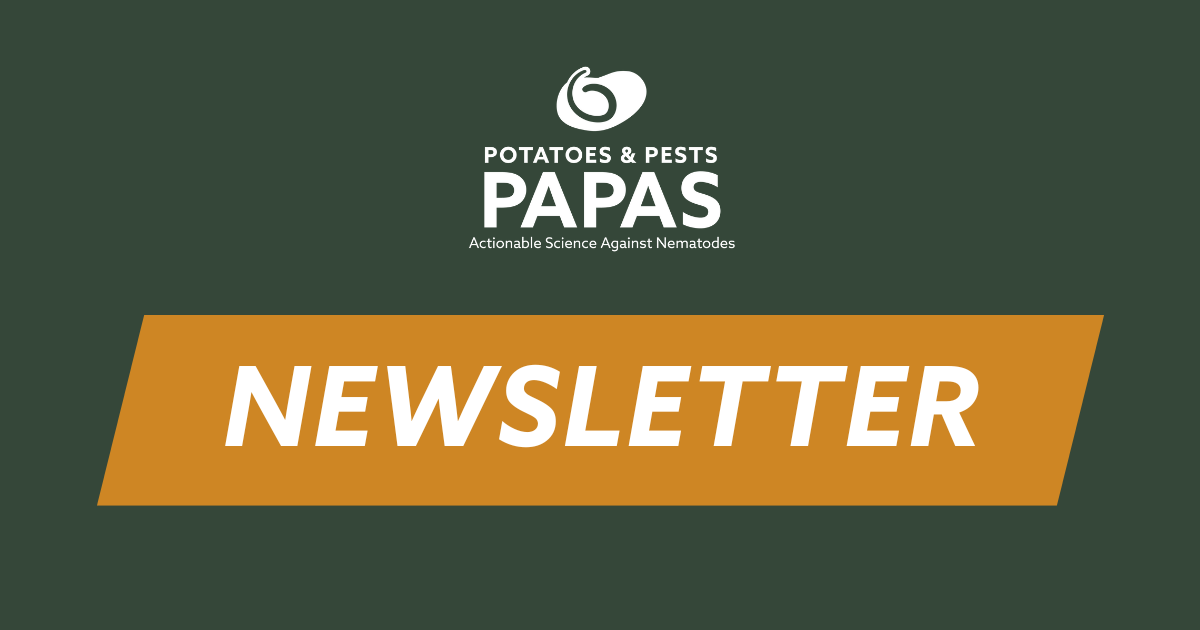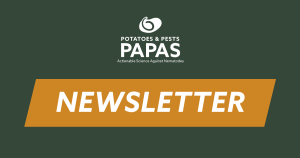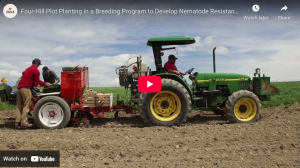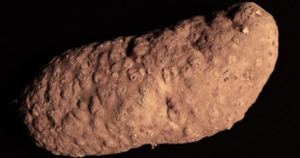PAPAS Newsletter: New Research Maps Resistance to Potato Cyst Nematode
Idaho is famous for its potatoes and for being the top producing state of russet skinned potatoes. However, these potatoes face a hidden enemy, a microscopic roundworm which can be devastating to the Idaho potato industry. These microscopic roundworms, known as potato cyst nematodes (PCN) have been a problem to potato farmers for years.
The golden nematode (Globadera rostochiensis) infests fields only in New York, and the pale cyst nematode (G. Pallida) is found only in Idaho. Researchers, regulators and farmers are working together to safeguard the U.S. potato industry.
One new approach to this challenge comes from recent research conducted by geneticist Dr. Joseph Kuhl and nematologist Dr. Louise-Marie Dandurand from the University of Idaho, working together with potato breeder Dr. Richard Novy and plant pathologist Dr. Jonathan Whitworth from USDA-Aberdeen.
By crossing the PCN-resistant variety ‘Eden’, with the non PCN-resistant russet-skinned variety ‘Western Russet’, we have identified promising offspring exhibiting resistance against these harmful roundworms.
This research highlights the potential for breeding PCN-resistant russet varieties and is an important step toward developing more PCN-resistant potato varieties ensuring a strong future for the Idaho potato industry.
Read more about developing potato cyst nematode resistance in our recent newsletter, including:
- Mapping a Globodera pallida resistant russet-skinned population
- Assessment of the russet-skinned population for resistance to Globodera pallida pathotype Pa2/3
- Overcoming the Globodera pallida challenge
- PAPAS team spotlight: Rocio Silvestre, Ph.D.







